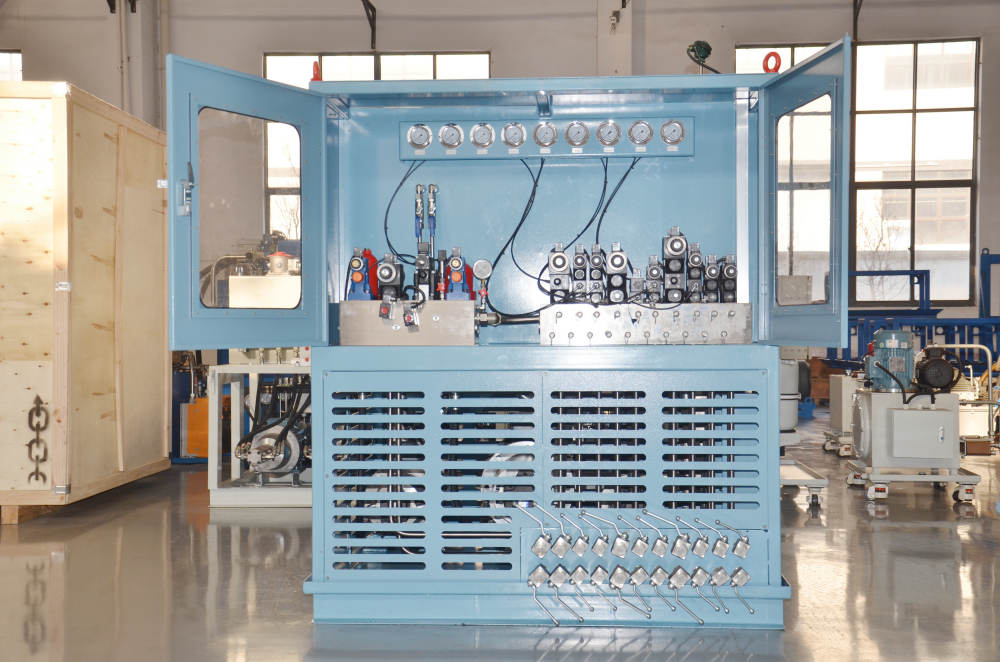Views: 277 Author: Site Editor Publish Time: 2025-07-30 Origin: Site









High oil temperature in a hydraulic power unit (HPU) is a common issue and can be effectively resolved. The key is to identify the root cause of the temperature rise in order to perform proper maintenance and take preventive measures.
Low Component Accuracy & Poor Assembly Quality
Poor machining precision and subpar assembly lead to increased mechanical friction losses during relative motion.
Improper Component Clearance
If the gap between components is too small or becomes too large due to wear, it results in excessive internal and external leakage, reduced pump efficiency, and rapid temperature rise.
Inappropriate Oil Viscosity
Oil with high viscosity creates high resistance to flow, while oil with low viscosity increases leakage. Both conditions can cause overheating.
Constant Flow Through Relief Valve
When using a fixed displacement pump, excess flow passes through the relief valve at high pressure, generating excessive heat.
Over-adjusted System Pressure
The working pressure of the hydraulic pump is often set much higher than necessary. This could be due to tight seals or damaged seals causing increased leakage, thus requiring higher pressure for operation.
Insufficient Heat Dissipation
If the oil tank is too small, lacks sufficient surface area for heat dissipation, or has an undersized (or absent) oil cooler, it will cause poor cooling performance.
Regularly Adjust Relief Valve Pressure
Check and calibrate the relief valve regularly to ensure system pressure matches actual load requirements.
Improve Assembly Quality & Component Accuracy
Enhance the manufacturing and assembly precision of hydraulic components and pumps. Proper control of fitting clearance and the use of low-friction sealing materials can reduce starting power and mechanical heat loss.
Choose Proper Hydraulic Oil
Select oil with appropriate viscosity. If conditions allow, slightly lower viscosity oils can help reduce internal friction and minimize temperature rise.
Enhance Lubrication Conditions
Improving the lubrication between moving parts reduces friction loss, alleviates system load, and helps to lower heat generation.
